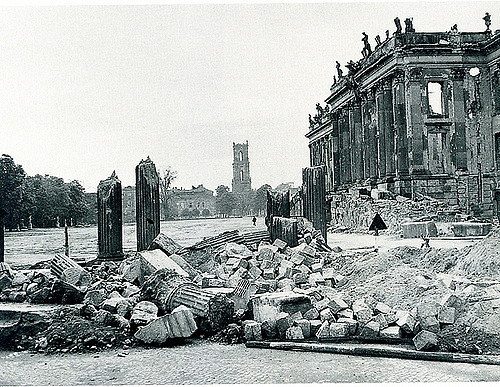
When Shawn Woodford sent me that article on the Captured Iraqi Records, it reminded me of a half-dozen examples I had dealt with over the years. This will keep me blogging for a week or more. Let me start a hundred years ago, with World War I.
The United States signed a separate treaty with Germany after the end of World War I. We were not part of the much maligned Versailles Treaty (although we had to come back to Europe to help clean up the mess they made of the peace). As part of that agreement, we required access to the German military archives.
We used this access well. We put together a research team that included Lt. Colonel Walter Kruger. The United States plopped this team of researchers in Germany for a while and carefully copied all the records of German units that the United States faced. This really covered only the last year of a war that lasted over four years (28 July 1914 – 11 November 1918). Krueger was in Germany with the team in 1922. This was a pretty significant effort back in the days before Xerox machines, microfilm, scanners, and other such tools.
These records were later saved to the U.S. National Archives. So one can access those records now, and will find the records of U.S. units involved, the German units involved (much of it translated), along with maps and descriptions of the fighting. It is all nicely assembled for researchers. It is a very meticulous and nicely done collection.
Just to add to the importance of this record collection, the German archives in Potsdam were bombed by the RAF in April 1945, destroying most of their World War I records (this raid on 14/15 April: apr45 and also: bundesarchiv). So, one cannot now go back and look up these German records. The only surviving primary source combat records for many German units from World War I is the records in the U.S. Archives copied (translated and typed from the original) done by the U.S. researchers.

Lt. Colonel Krueger was fluent in German because of his family background (he was born in Prussia). During World War II, he rose to be a full general (four-star general) in command of the Sixth Army in the Pacific: https://en.wikipedia.org/wiki/Walter_Krueger
This effort sets that standard almost a hundred years ago of what could/should be done with captured records. A later post will discuss the World War II effort.
